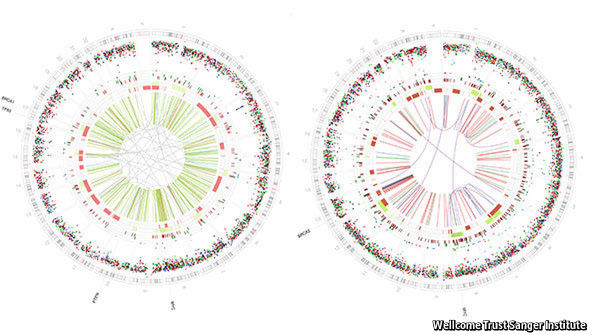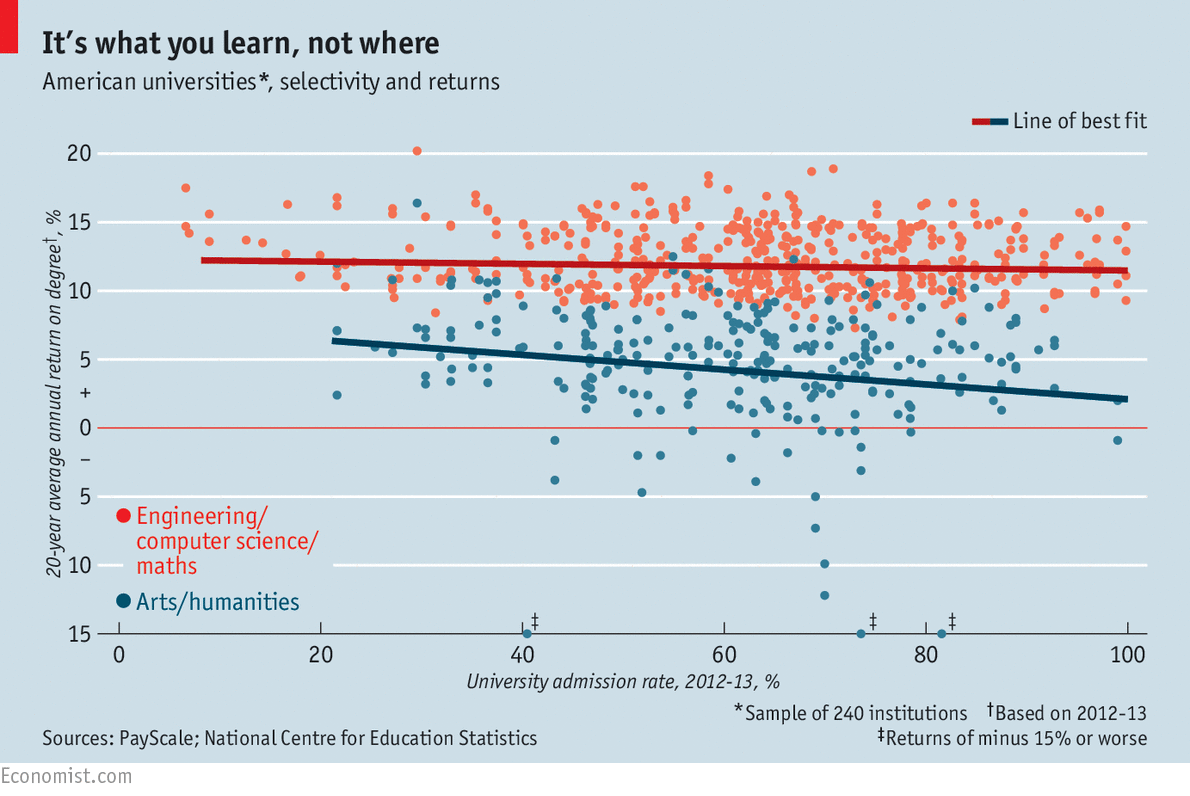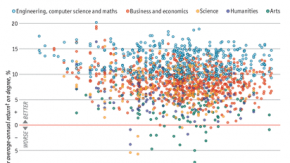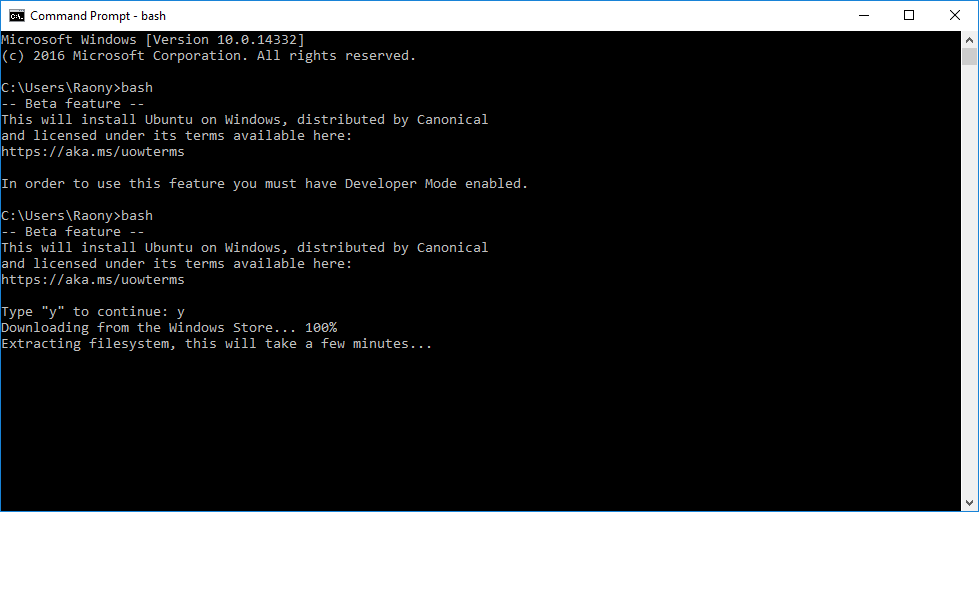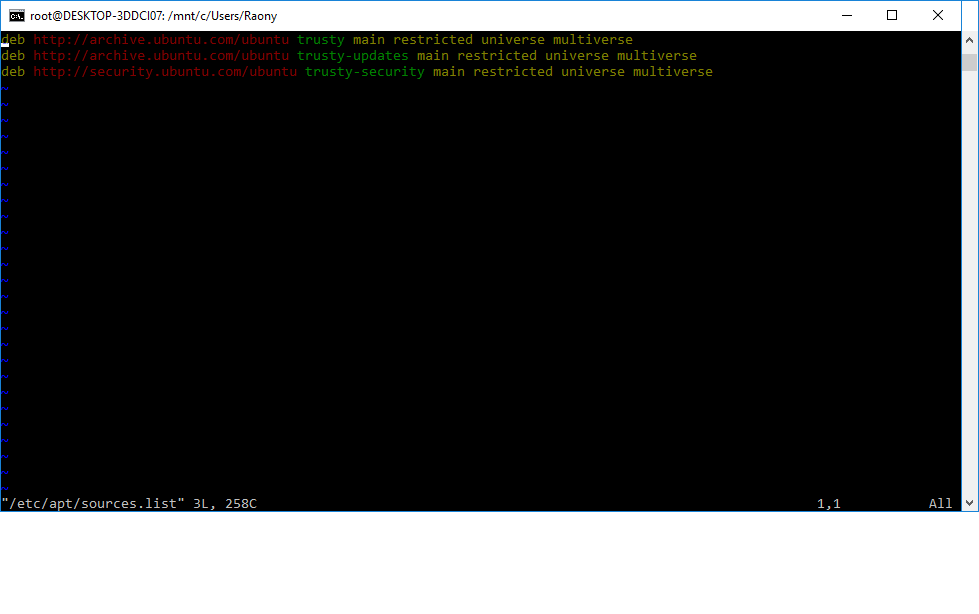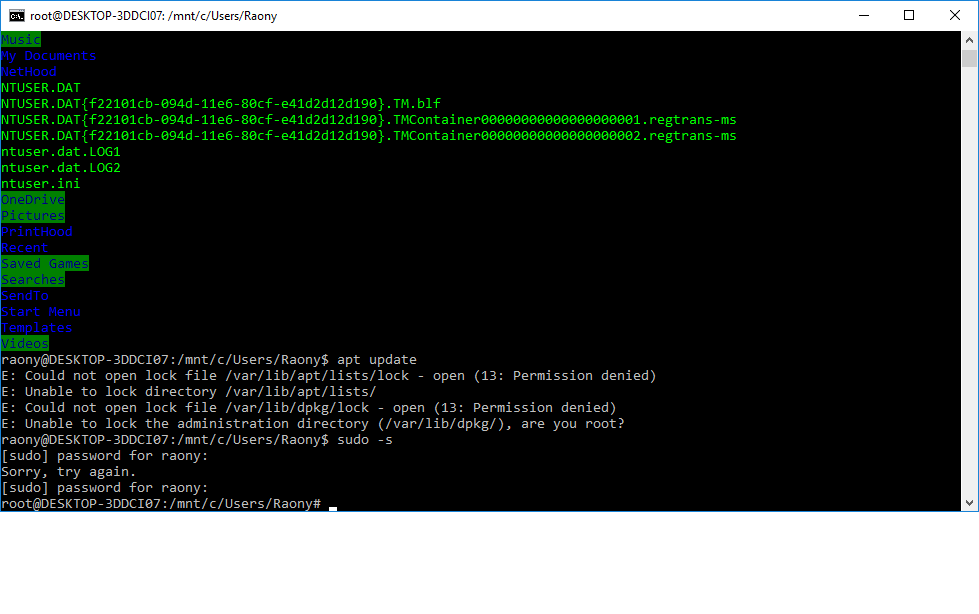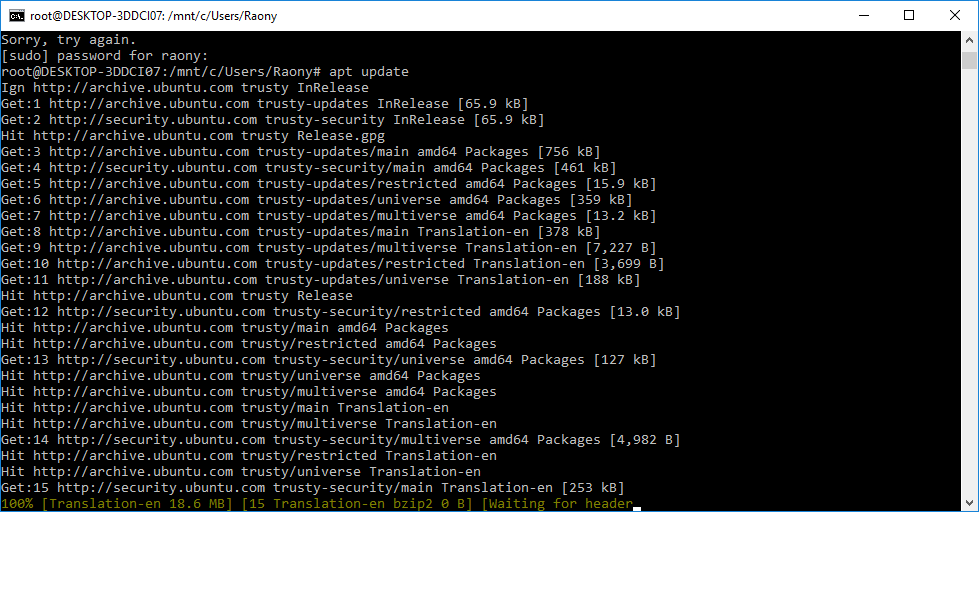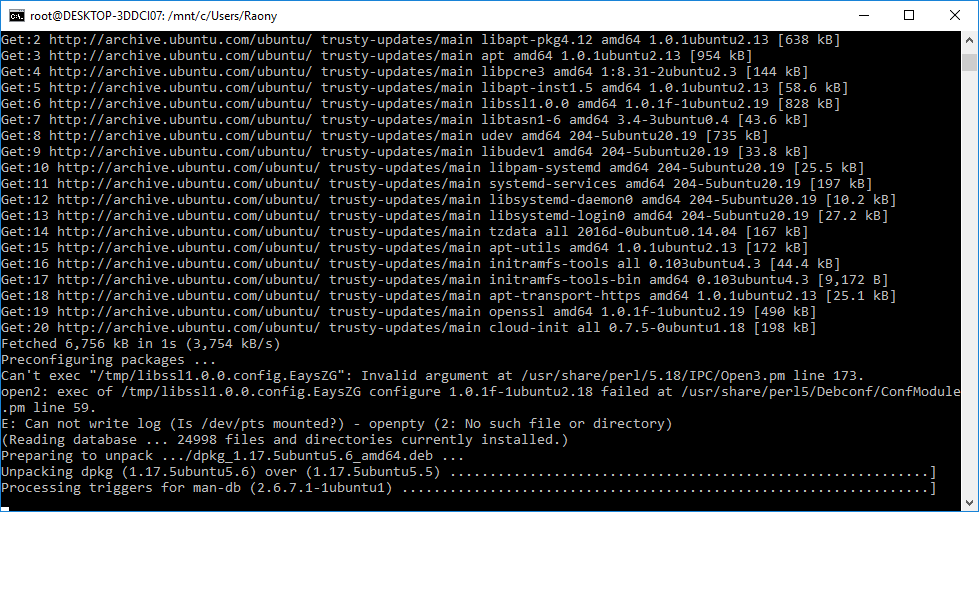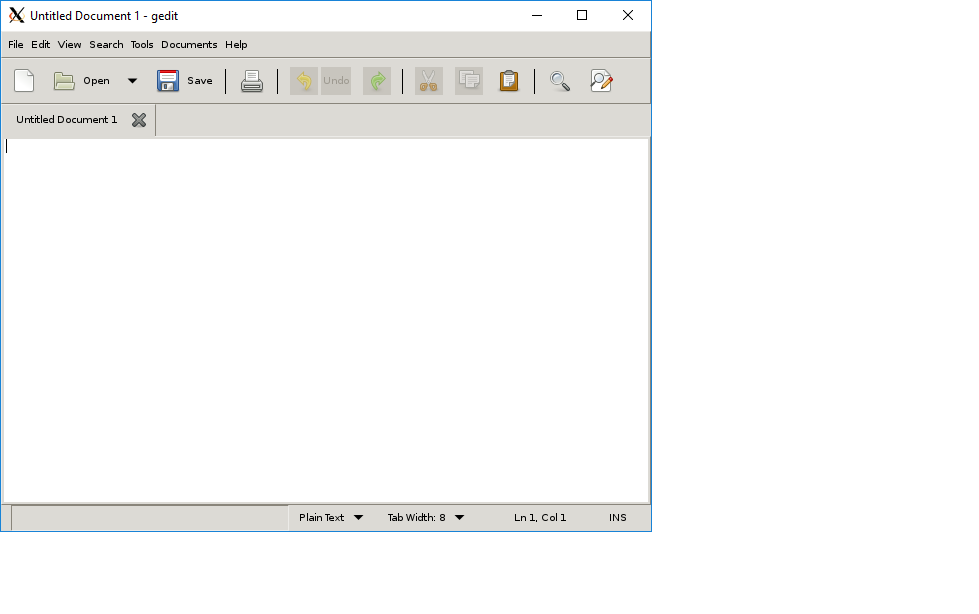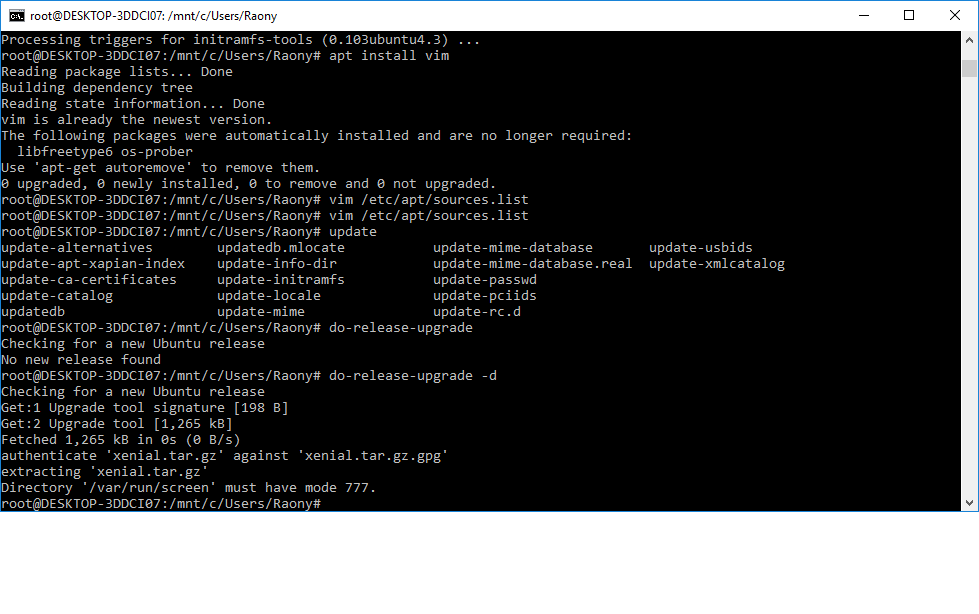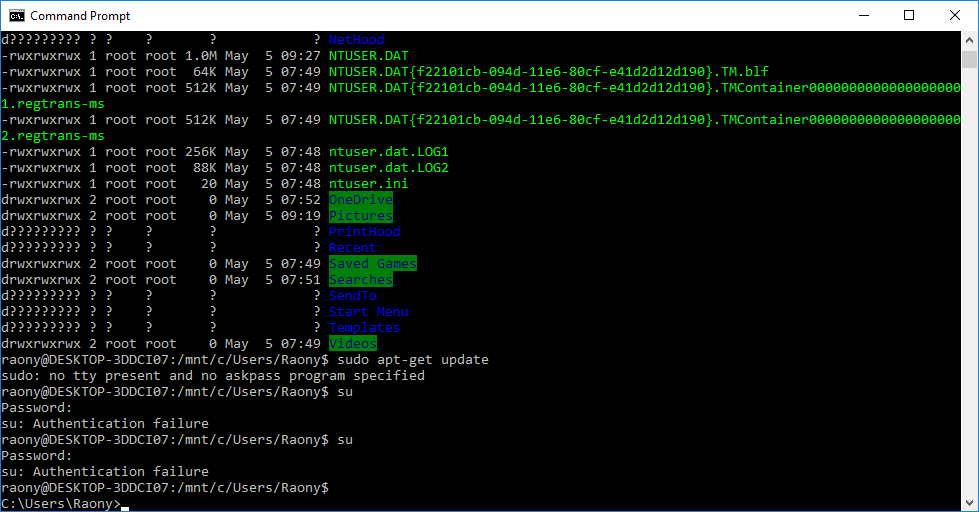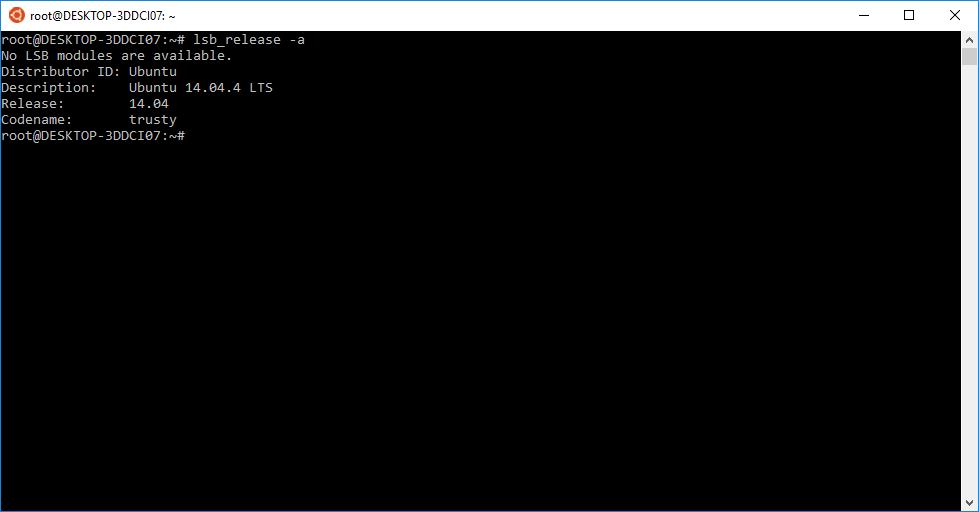Month: May 2016
Encore une fois | The Economist
WHEN the DNA sequence of the human genome was revealed in 2000, many people expected it to start a revolution. Researchers would be able to discover the genes that caused or influenced diseases. And drug companies would be able to use that knowledge to create better medicines. Until recently, though, it has been a case of “revolution postponed”. The flood of promised discoveries has been more like a trickle.
Much of the reason for the unfulfilled promises was naivity about how straightforward the link between different versions of genes and particular diseases would be. But that naivity has gone, and the fact that complex illnesses often have contributions from large numbers of genes is now recognised. This recognition, plus better computing and sequencing power, mean researchers are indeed beginning to pick the relationships between genes and disease apart.
In January, for example, a group at the Broad Institute in Cambridge, Massachusetts said they had homed in on most of the genes involved in schizophrenia, and thus had a hypothesis for a mechanism that might be causing it. This week it is the turn of breast cancer, as the most comprehensive analysis yet of mutations related to this condition is published in Nature.
The team that did the analysis, led by Serena Nik-Zainal of the Sanger Institute in Cambridge, England, sequenced the genomes of cells from 560 tumours. These, says Dr Nik-Zainal, proved vastly different from the genomes of healthy cells from the patients involved, for they had generally acquired thousands of mutations. That is not surprising. Early mutations in the development of a tumour often involve genes involved in DNA repair. Once this has happened other mutations accumulate. But all these secondary mutations make it hard to sift out the ones which are clinically relevant. To do so you need to compare lots of samples from different people, and thus see which mutations some of them have in common.
Source: Encore une fois | The Economist
Grail | Pan-cancer blood screening test for circulating tumor DNA
Cancer is a leading cause of death worldwide, with over 14 million new cases per year and over 8 million deaths annually. Cancer incidence is expected to increase more than 70% over the next 20 years. At least half of all cancers in the United States are diagnosed in Stage III and Stage IV, leading to lower survival rates. Detecting cancer at the earliest stages dramatically increases the probability of a cure and long-term survival.The mission of Grail is to enable the early detection of cancer in asymptomatic individuals through a blood screen – with the goal of massively decreasing global cancer mortality by detection at a curable stage. Grail will leverage the power of “ultra-deep” sequencing technology, the best talent in the field and the passion of its leadership to deliver on that promise.Ultra-deep sequencing to detect circulating tumor DNA has the potential to be the holy grail for early cancer detection in asymptomatic individuals. Most tumors shed nucleic acids into the blood. Circulating tumor DNA is a direct measurement of cancer DNA, rather than an indirect measure of the effects of cancer.
Source: Grail | Pan-cancer blood screening test for circulating tumor DNA
President Obama Delivers the Commencement Address at Howard University
Medical Equipment Crashes During Heart Procedure Because of Antivirus Scan
A critical medical equipment crashed during a heart procedure due to a timely scan triggered by the antivirus software installed on the PC to which the said device was sending data for logging and monitoring.
The device in question is Merge Hemo, a complex medical equipment used to supervise heart catheterization procedures, during which doctors insert a catheter inside veins and arteries in order to diagnose various types of heart diseases.
The incident happened in February 2016Merge Hemo consists of two main modules. The main component is the actual medical device, connected to the catheters, through which data acquisition takes place. This component is connected to a local PC or tablets via a serial port.
The second component is a software package that runs on the doctor’s computer or tablet and takes recorded data and logs it or displays it on the screen via simple-to-read charts.
Just like any other software package, Merge Hemo is subject to the same limitations and dangers that other applications face, and sometimes may crash. When something like this happens, and doctors report the event, the software vendor must investigate and file an Adverse Event Report with the FDA (US Food and Drug Administration).
According to one such report filed by Merge Healthcare in February, Merge Hemo suffered a mysterious crash right in the middle of a heart procedure when the screen went black and doctors had to reboot their computer.
Fortunately, the patient was sedated, and the doctors had five minutes at their disposal to wait for the computer to finish rebooting, start the Merge Hemo application again, and complete their procedure without any health risks for the patient.
Source: Medical Equipment Crashes During Heart Procedure Because of Antivirus Scan
Video Recordings of the ICML’15 Deep Learning Workshop | Durk Kingma
These are slide-synchronized video recordings from the ICML’15 Deep Learning Workshop I organized with Kyunghyun Cho, Yann LeCun, Max Welling, Geoffrey Hinton and Yoshua Bengio. It took a while before we got permission from all involved parties, but here they are! For the recordings without slides, please see this YouTube playlist.
Source: Video Recordings of the ICML’15 Deep Learning Workshop | Durk Kingma
It depends what you study, not where | The Economist
A new report from PayScale, a research firm, calculates the returns to a college degree. Its authors compare the career earnings of graduates with the present-day cost of a degree at their alma maters, net of financial aid. College is usually worth it, but not always, it transpires. And what you study matters far more than where you study it.
Engineers and computer scientists do best, earning an impressive 20-year annualised return of 12% on their college fees (the S&P 500 yielded just 7.8%). Engineering graduates from run-of-the-mill colleges do only slightly worse than those from highly selective ones. Business and economics degrees also pay well, delivering a solid 8.7% average return. Courses in the arts or the humanities offer vast spiritual rewards, of course, but less impressive material ones. Some yield negative returns. An arts degree from the Maryland Institute College of Art had a hefty 20-year net negative return of $92,000, for example.
Source: It depends what you study, not where | The Economist
Understanding the bin, sbin, usr/bin , usr/sbin split
On Tuesday 30 November 2010 15:58:00 David Collier wrote: > I see that busybox spreads it's links over these 4 directories. > > Is there a simple rule which decides which directory each link lives > in..... > > For instance I see kill is in /bin and killall in /usr/bin.... I don't > have a grip on what might be the logic for that. You know how Ken Thompson and Dennis Ritchie created Unix on a PDP-7 in 1969? Well around 1971 they upgraded to a PDP-11 with a pair of RK05 disk packs (1.5 megabytes each) for storage. When the operating system grew too big to fit on the first RK05 disk pack (their root filesystem) they let it leak into the second one, which is where all the user home directories lived (which is why the mount was called /usr). They replicated all the OS directories under there (/bin, /sbin, /lib, /tmp...) and wrote files to those new directories because their original disk was out of space. When they got a third disk, they mounted it on /home and relocated all the user directories to there so the OS could consume all the space on both disks and grow to THREE WHOLE MEGABYTES (ooooh!). Of course they made rules about "when the system first boots, it has to come up enough to be able to mount the second disk on /usr, so don't put things like the mount command /usr/bin or we'll have a chicken and egg problem bringing the system up." Fairly straightforward. Also fairly specific to v6 unix of 35 years ago. The /bin vs /usr/bin split (and all the others) is an artifact of this, a 1970's implementation detail that got carried forward for decades by bureaucrats who never question _why_ they're doing things. It stopped making any sense before Linux was ever invented, for multiple reasons: 1) Early system bringup is the provice of initrd and initramfs, which deals with the "this file is needed before that file" issues. We've already _got_ a temporary system that boots the main system. 2) shared libraries (introduced by the Berkeley guys) prevent you from independently upgrading the /lib and /usr/bin parts. They two partitions have to _match_ or they won't work. This wasn't the case in 1974, back then they had a certain level of independence because everything was statically linked. 3) Cheap retail hard drives passed the 100 megabyte mark around 1990, and partition resizing software showed up somewhere around there (partition magic 3.0 shipped in 1997).
Source: Understanding the bin, sbin, usr/bin , usr/sbin split
Gene Therapy’s First Out-and-Out Cure Is Here
A genetic therapy for “bubble boy” disease completes a 27-year journey.
A treatment now pending approval in Europe will be the first commercial gene therapy to provide an outright cure for a deadly disease.
The treatment is a landmark for gene-replacement technology, an idea that’s struggled for three decades to prove itself safe and practical.
Called Strimvelis, and owned by drug giant GlaxoSmithKline, the treatment is for severe combined immune deficiency, a rare disease that leaves newborns with almost no defense against viruses, bacteria, or fungi and is often called “bubble boy” disease after an American child whose short life inside a protective plastic shield was described in a 1976 movie.
The treatment is different than any that’s come before because it appears to be an outright cure carried out through a genetic repair. The therapy was tested on 18 children, the first of them 15 years ago. All are still alive.
“I would be hesitant to call it a cure, although there’s no reason to think it won’t last,” says Sven Kili, the executive who heads gene-therapy development at GSK.
The British drug giant licensed the treatment in 2010 from the San Raffaele Telethon Institute for Gene Therapy, in Milan, Italy, where it was developed and first tested on children.
On April 1, European advisers recommended that Strimvelis be allowed on the market and if, as expected, GSK wins formal authorization it can start selling the drug in 27 European countries. GSK plans to seek U.S. marketing approval next year.
Source: Gene Therapy’s First Out-and-Out Cure Is Here
How I broke my Bash on Windows 10 \o/
So, I decide to try the new Bash on Windows 10 feature.
I can’t explain how strange is the feeling of running Linux commands and apps almost “natively” on Windows. It was a very weird experience at the beginning.
After enabling developer mode and turning Bash On you can pretty much do anything you would do in a “normal” (ubuntu) environment.
You can use vim:
Update and Upgrade Ubuntu, with just a few errors.
Apparently some problems related to EaysZG module from Perl and libssl.
Run native and GUI applications such as firefox and gedit using Xming and the command:
export DISPLAY=:0
That was quite impressive, although you can do the same thing using Cygwin for almost a decade now.
I even tried to upgrade from Ubuntu trusty to xenial using the command do-release-upgrade -d:
But that didn’t quite work, so I tried editing my /etc/apt/sources.list manually changing from trusty to xenial and did an apt update and apt upgrade. I received some errors during the upgrade related to the module-init-tools. Probably because of the change from init to systemd.
Errors were encountered while processing:
/var/cache/apt/archives/module-init-tools_22-1ubuntu4_all.deb
E: Sub-process /usr/bin/dpkg returned an error code (1)
As you can imagine we are not there yet with upgrading the base system to a new release version, but I can say we are almost. You can see that the system works even after receiving some errors during the upgrade.
But once I closed this window I couldn’t become root anymore. :-\
And finally, I broke my Bash on windows for the first time … \o/
Nothing to worry about since you can just reinstall your base system very easily running the following commands:
